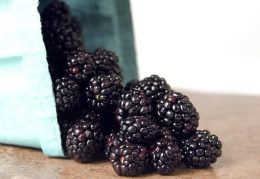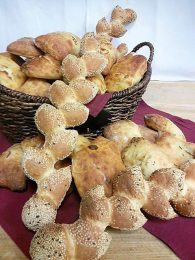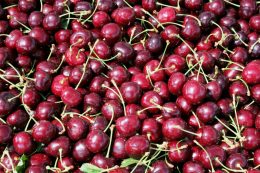 Water is essential for life. So access to safe water is critical for all forms of life. As 2018 begins, a new food fad is spreading to drink “raw water”, or untreated water. People are literally buying it at a premium cost.
Water is essential for life. So access to safe water is critical for all forms of life. As 2018 begins, a new food fad is spreading to drink “raw water”, or untreated water. People are literally buying it at a premium cost.
Proponents of this dangerous trend claim it has beneficial minerals and is not treated with any chemicals. Those drinking this water claim their “skin is plumper” and they feel they are getting better nutritional value from food.
This fad is dangerous for many reasons. Here are five dangerous microorganisms that can be found in untreated water.
- Giardia—a parasite that invades the gastrointestinal (GI) system and causes diarrhea, nausea and stomach cramps.
- Cryptosporidium—a parasite that causes diarrhea and can survive outside of the body for a long time.
- Campylobacter—a bacteria that affects the GI system and is resistant to many antibiotics.
- Salmonella—causes diarrhea, fever and cramps for days. Hospitalization is common.
- E. coli—many strains can cause GI disease, urinary tract infections, pneumonia and more.
Source: www.foodinsight.org/raw-water-trend-food-safety
Learn more about healthy water at www.cdc.gov/healthywater





